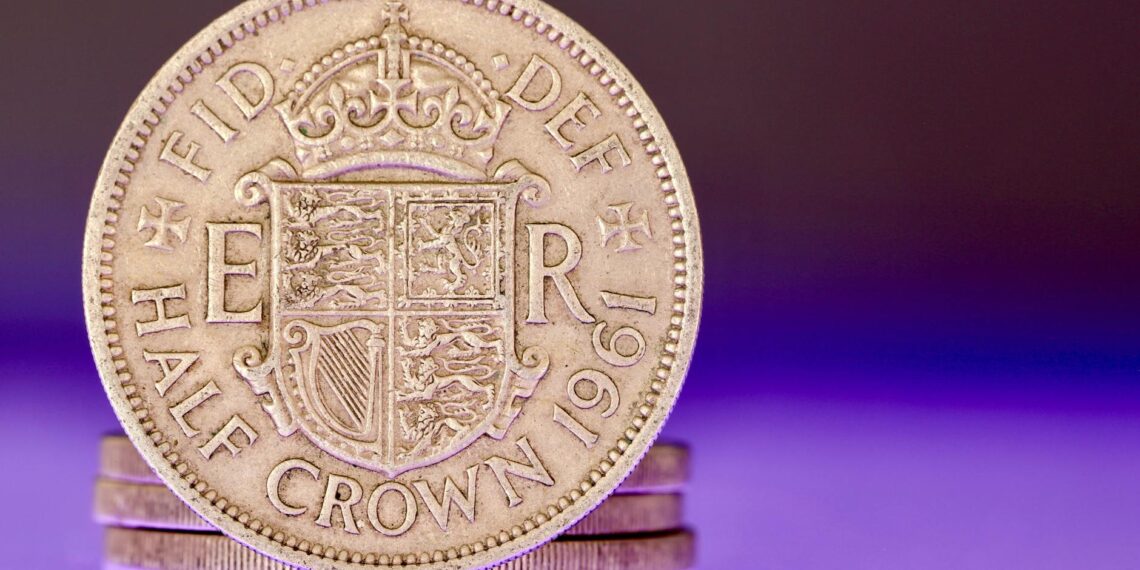A key way to determine where a coin was minted is by looking for a mint mark.
Here’s how to do it:
- Locate the Mint Mark: Mint marks are small letters or symbols placed on the coin to denote the mint facility where it was struck. The location of the mint mark can vary depending on the country, type of coin, and year of mintage.
– United States Coins:
– Current Mints: The U.S. currently has four operating mints: Philadelphia (P), Denver (D), San Francisco (S), and West Point (W).
– Finding the Mark: You can often find the mint mark on the obverse (heads side) of the coin, often near the date. However, before 1968, mint marks were typically located on the reverse (tails side) of U.S. coins.
– Absence of a Mark: In many instances, U.S. coins minted in Philadelphia did not feature a mint mark, particularly in earlier years when it was the sole operating mint. This means if your coin lacks a mint mark, it is likely from Philadelphia. However, the “P” mint mark was introduced for Philadelphia coins (except cents) starting in 1980.
– Canadian Coins:
– Early Coins: Canadian coins from 1858-1907 were minted in London, England, and those coins did not have a mint mark. The Heaton Mint in Birmingham produced some Canadian coins with an “H” mint mark.
– Ottawa Mint: The Ottawa Mint opened in 1908, but coins produced there did not originally feature a mint mark.
– Modern Coins: Since 2006, the Royal Canadian Mint has included its logo (a stylized maple leaf emerging from the letter M within a circle) on all circulating and numismatic Canadian coins.
– Special Marks: There have also been instances of other marks, such as the “P” mark on coins made from nickel-copper plated steel from 2000 to 2006.
– Euro Coins:
– Variety of Marks: Euro coins use a variety of identifying marks, including single letters representing cities or countries, abbreviations of mints, or the mint’s symbol.
– Finding the Mark: These marks are typically part of the national designs on the coins.
- Use a Magnifying Glass: Mint marks can be small and difficult to see with the naked eye, particularly on older coins where they might be worn or faded. A magnifying glass will help you to easily spot the mark.
- Consult Coin Guides or Resources: Reference books or online resources dedicated to coin collecting are valuable tools for identifying mint marks and their corresponding mint facilities. These resources often provide detailed illustrations or descriptions of where to locate the mint mark on specific types of coins.
By following these steps, you can effectively determine the mint location of your coin and learn more about its origin and potential value.











Where is a coin minted with no mint mark?
Great question! For many years, Philadelphia minted millions of coins without their (P) mint mark simply because they were the only Mint in production, and there was no need to verify the location where the coin was struck.
How to identify where a coin is made?
I can help with that. Each currency coin minted in India (and anywhere in the world) has a special mint mark on it to identify the mint. A postcard depicting the mint.
How to check mintage on a coin?
Great question! Finding mintage figures can be difficult, but the original mint is usually a good place to start. Visiting the product page they will typically list within the specifications either the mintage figures, or the issue limit, depending on what is currently publicly available.
What do p and d mean on coins?
From my experience, A small letter or symbol on a coin used to identify where a coin was made. Current U.S. mint marks are P (Philadelphia), D (Denver), S (San Francisco), and W (West Point).